The UK hill climb scene showcases radical, verging on excessive, ways to save weight from bikes in the battle against gravity.
This year’s UK National Hill Climb Championships on the unusually long 4km ascent of the Struggle, in the Lake District, was no different.
But the tech trends we noticed on the Cumbrian hillside show weight might not be absolutely everything, even when racing uphill.
1. A disc brake win
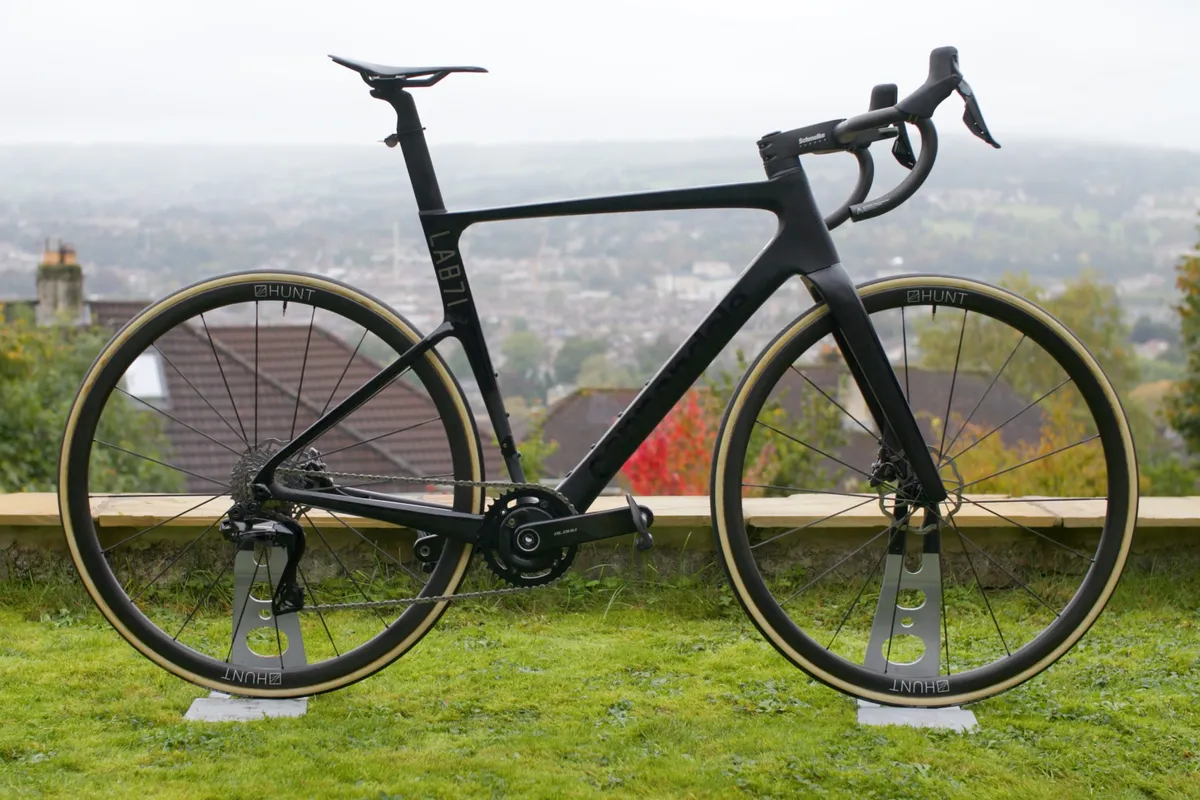
The UK hill climb scene is usually a safe space for rim brakes, but that might be about to change.
Andrew Feather became the first rider to win the UK National Hill Climb Championships on disc brakes. Runner-up Ed Laverack was also on disc brakes, as he was last year.
Feather’s Cannondale SuperSix EVO Lab71 rolled on Hunt Hill Climb SL Disc Tubular wheels but still weighed less than 6kg.
As the four-time national champion told Liam Cahill in a BikeRadar YouTube video, to harness the latest technology he had to switch to discs, even if it meant an additional 200g to 300g.
So we should expect disc brakes to become more popular, at least among the elite hill climbers, to the dismay of rim-brake devotees.
2. Hill climbers’ dream frames
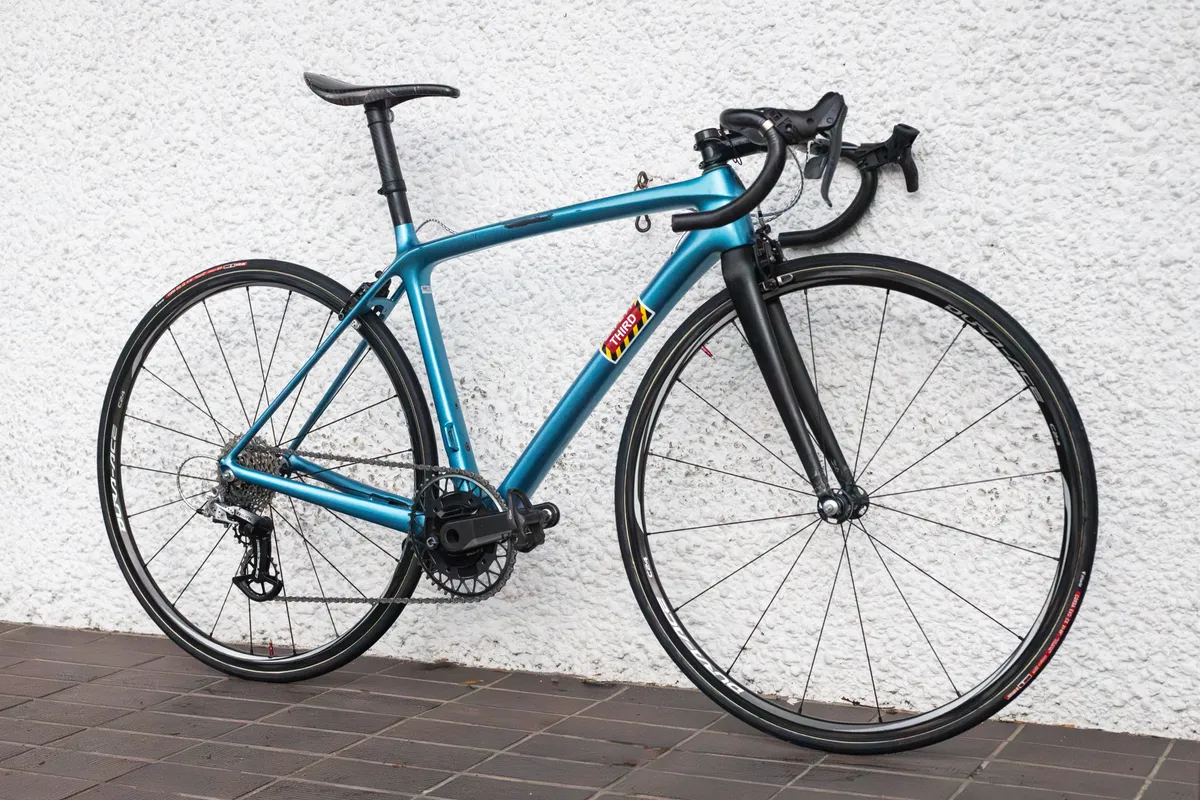
At last year’s championships, we spotted more Cannondale SuperSix Evo frames than you could shake a cowbell at.
This time, it was the turn of another hill climber’s favourite: the Trek Emonda.
The climbing bike provided the basis of a couple of 5kg builds featured in our 2023 Hill Climb Nationals tech gallery.
Both platforms represent the pinnacle of late-2010s road bike tech, when low weight was prioritised over all else. Even mid-range options had frameset weights that would trouble the best top-end disc brake bikes today.
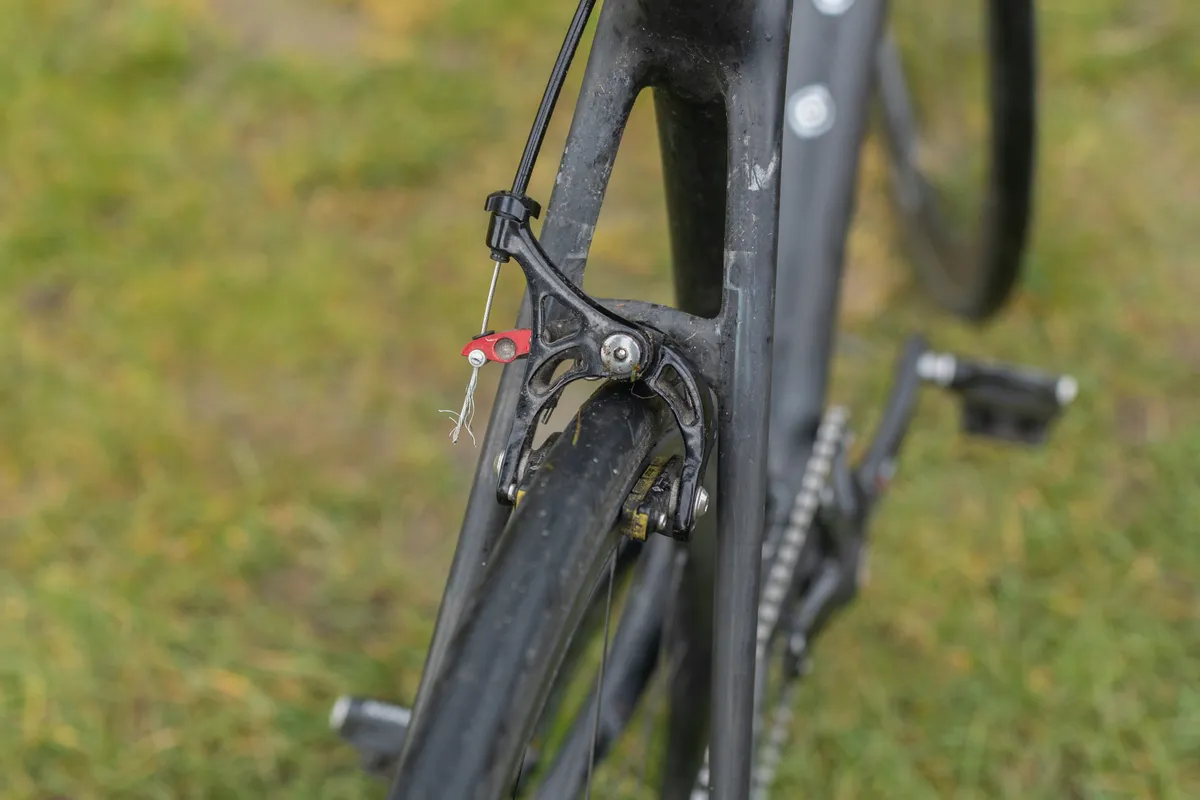
Both use standard 1 ⅛in round steerer tubes, which opens up the compatibility of cockpit parts greatly.
Until 2017, both also used standard-mount rim brakes (as opposed to direct-mount brakes). This more widely compatible system makes it easier for the owners to find svelter, aftermarket stoppers to drop even more weight from their bikes.
The second-hand market is also awash with affordable bikes cast aside by once-adoring owners tempted away by modern aero fancies.
In short, if you’re looking to build a lightweight hill climb bike, an Emonda or SuperSix is a great place to start.
3. Lightweight doesn’t have to be expensive
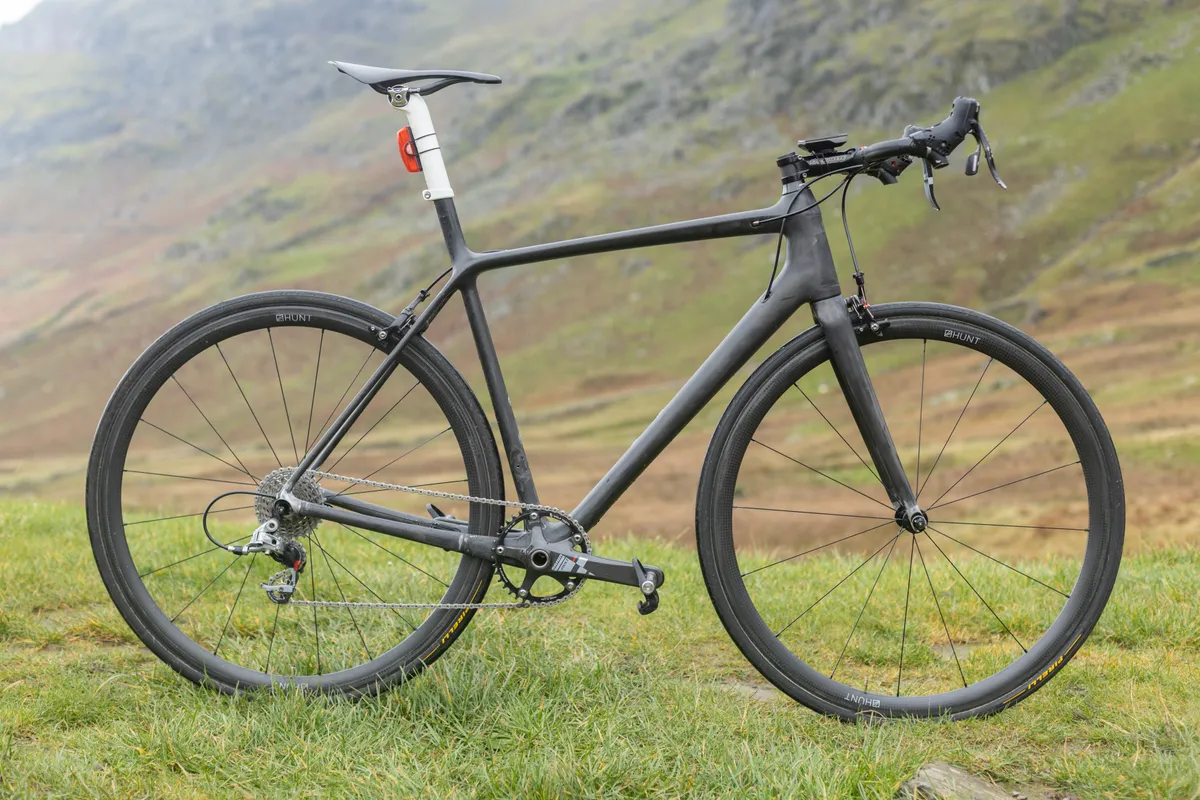
A prime example of how to build a light bike cheaply was Ben Mackinson’s 5.3kg Trek Emonda. The second-hand build cost him £1,500, though he did spend 30 hours sanding down the £200 frame to save 175g.
Mackinson opted for cheaper alternatives to pricey lightweight components at every opportunity, while still minimising weight.
For example, Planet X CNC Lightweight brakes weigh 100g a pair and can cost as little as £50 second-hand.
Cane Creek eeBrakes are a hill climber’s favourite, but a pair is only 60g lighter and 10 times more expensive than Planet Xs.
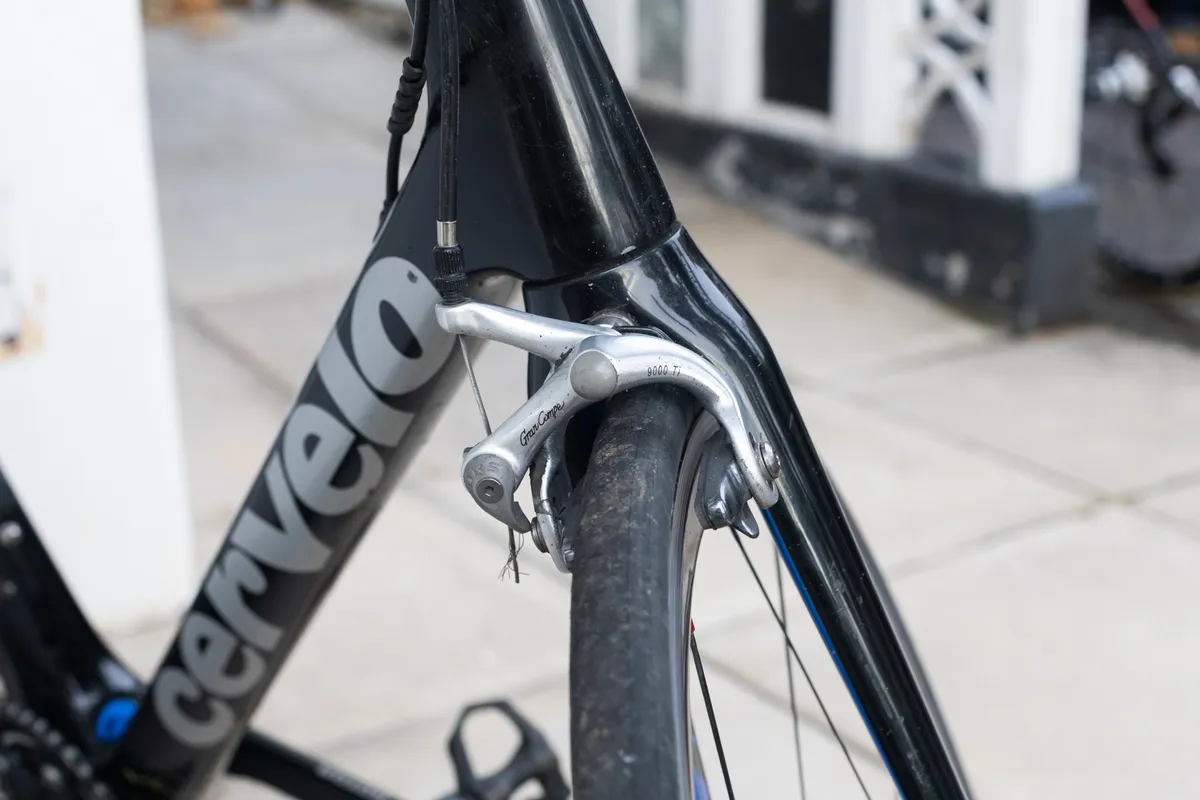
Chris Mann didn’t spend a penny on his 200g set of Dia-Compe Gran Compe 9000 Ti brakes. The 10th-placed finisher in the men’s race nabbed them from a parts bin at work.
Dan Leatherbarrow’s Dolan Seta, as featured in last year’s hill climb tech round-up, cost shy of £1,000 – less than some riders will spend on their front wheel alone.
While there’s nothing wrong with spending £10,000 on your dream hill climb bike, having deep pockets is by no means a requirement for an aspiring hill climber.
4. 1x rules
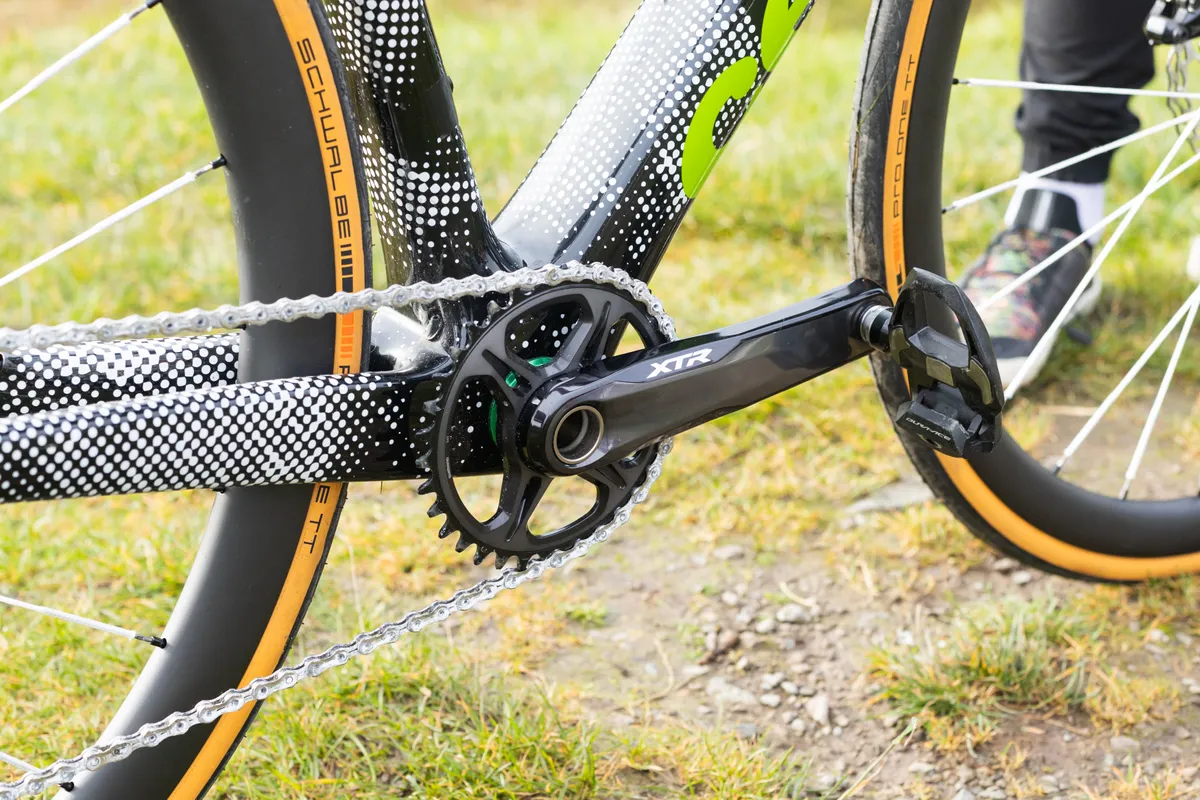
Even on a course that included a descent, single chainrings dominated.
Dispensing with the big chainring, which is rarely needed on typical UK hill climb courses, and front derailleur is an easy way to save 300g or so.
Riders tend to go for a narrow-wide chainring, rather than using the inner ring from a 2x drivetrain. This reduces the (admittedly quite small) chance of dropping a chain.
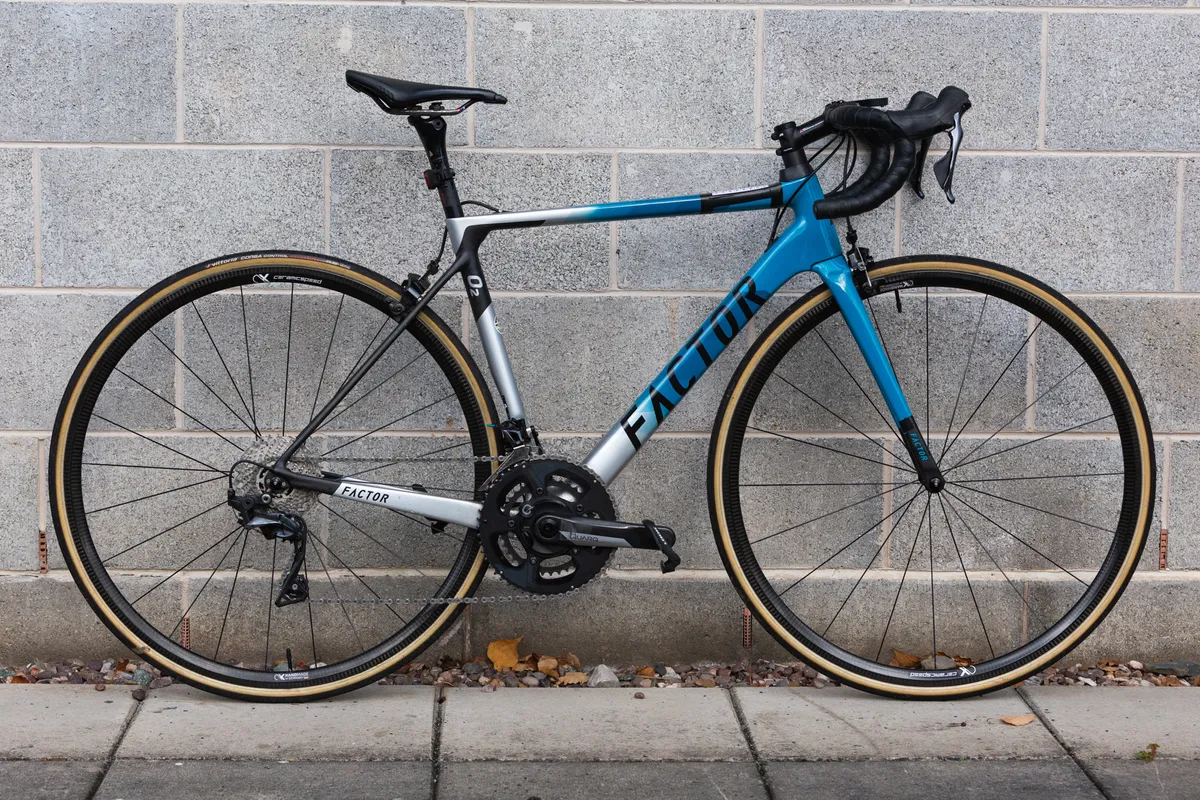
However, Illi Gardner bucked the single-chainring trend by winning the women’s title for the second year running on a 2x Factor 02.
As we covered last year, AX Lightness rims and Zed hubs are the main lightweight exceptions to a mostly stock build.
If you’re the fastest, your bike doesn’t have to be the lightest.
5.‘Normal’ road bikes are fine
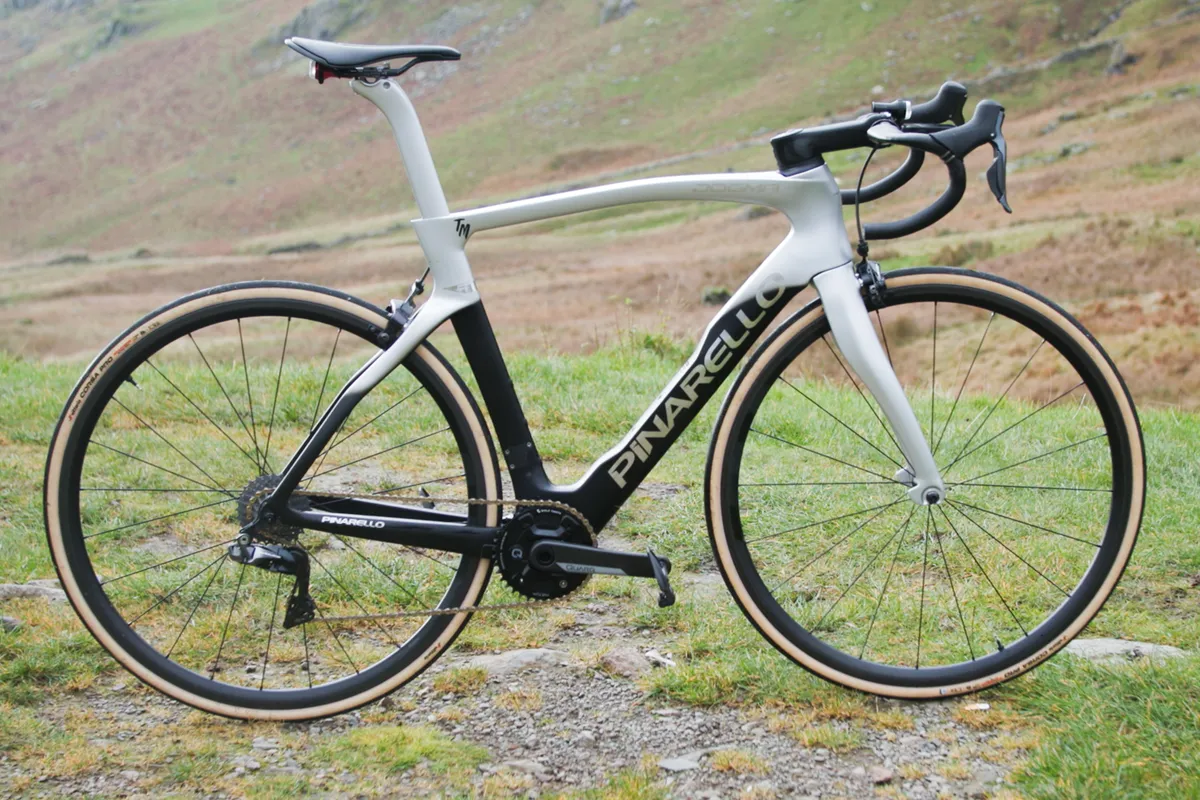
It’s cliched but true that you can ride a hill climb on any bike, as long as it adheres to the organiser’s (Cycling Time Trials) rules.
This includes tandems, trikes and recumbents, but also ‘road-worthy’ bikes you could ride to and from the event (owners of the most extreme hill climb bikes don’t even warm up on them).
For example, Sam Marshall rode his rim brake Pinarello Dogma F, with a single chainring and lighter wheels the only deviations from its standard setup.
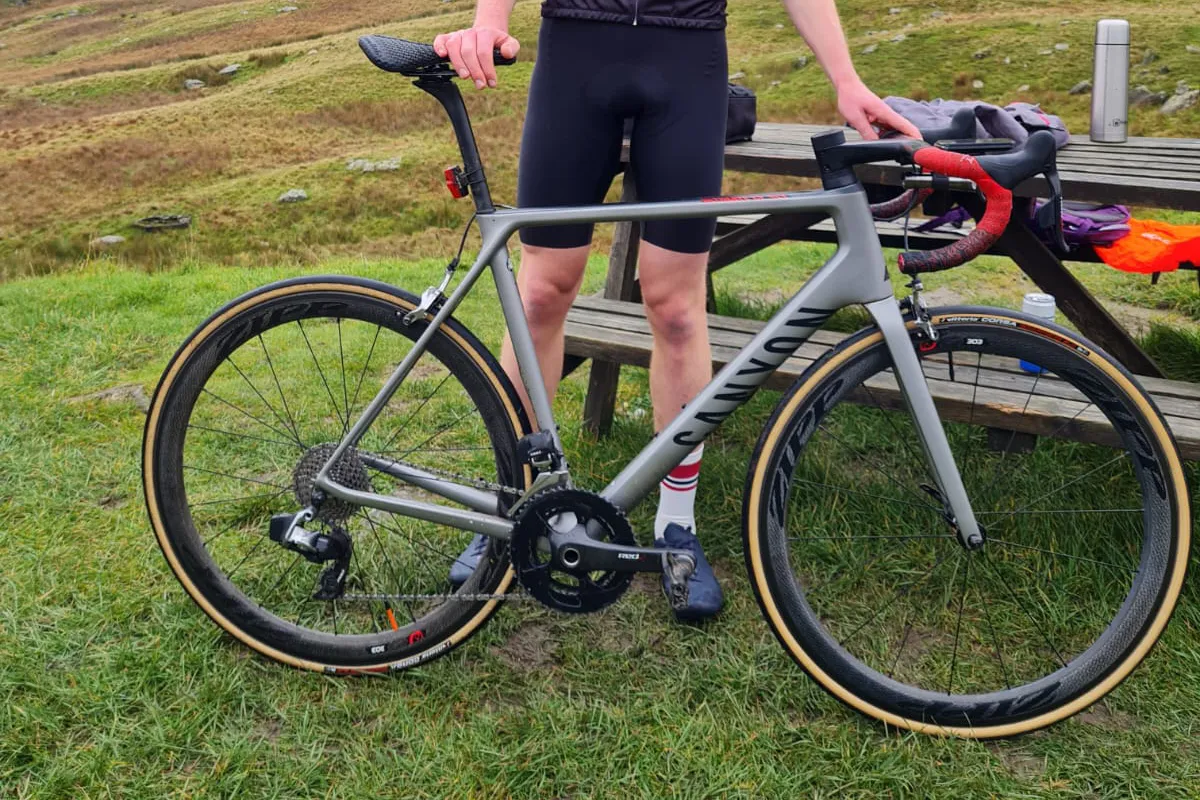
All BikeRadar’s Jack Evans removed from his Canyon Ultimate CF SLX for the race were the bottle cages.
6. Hill-climb mods are style over substance
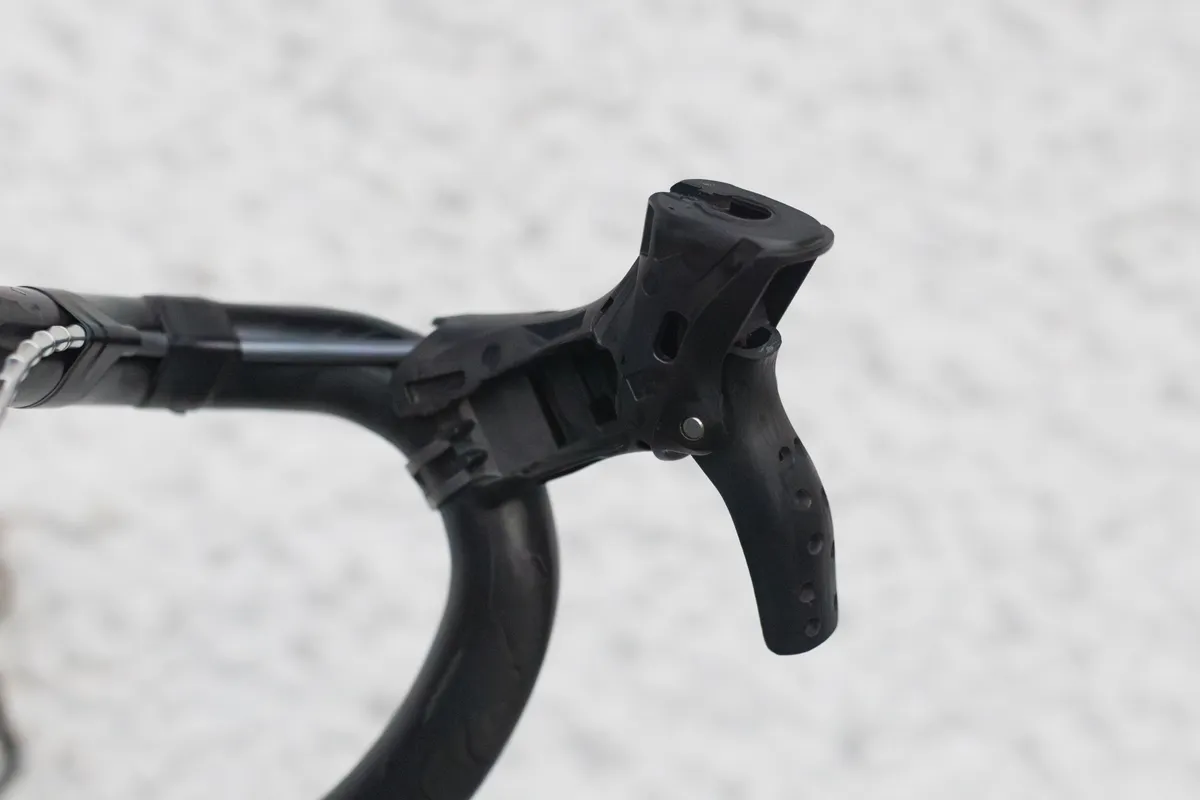
Although we did see a glued-on saddle, plastic limit screws and drillium galore on Jason Holder’s 5.3kg Trek Emonda, such modifications shave dozens not hundreds of grams.
They’re more likely to provide a psychological boost than save seconds, even on a climb as long as the Struggle.
You rarely see the elite riders drilling and chopping components. Presumably, this is because their sponsors would disapprove, but also they know training and nutrition, including supplements such as sodium bicarbonate, are more beneficial.
But fanatical gram-saving is a fun part of the hill-climbing spirit and provides a talking point for us socially awkward cyclists.
